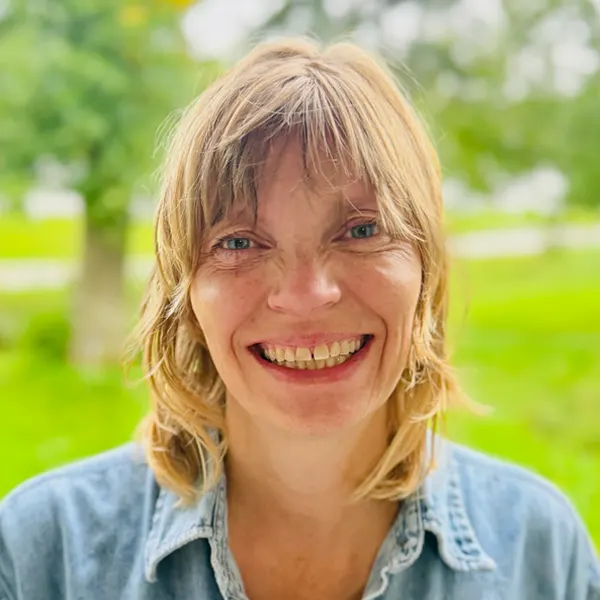MN PUC declines to reconsider CO2 pipeline permit decision for Otter Tail & Wilkin Counties
On April 21st, Summit Carbon Solutions—the company proposing to build the controversial five-state, 2,500-mile Midwest Carbon Express CO2 pipeline network—faced yet another significant setback when South Dakota rejected its application for a permit to build and operate approximately 700 miles of pipeline in that state.
In denying the permit, the South Dakota Public Utilities Commission cited the high degree of uncertainty surrounding the project following the passage of a law last month that would ban the use of eminent domain to acquire land to build a pipeline carrying CO2.
“At this point, we really don’t know the route,” said Kristie Fiegen, a South Dakota Public Utilities Commission member. “We don’t know the timeframes. We don’t know their plan.”
This ruling from South Dakota regulators stands in contrast to one made by the Minnesota Public Utilities Commission (PUC) just days earlier, when that agency reaffirmed its decision to grant Summit’s route permit for 28 miles of CO2 pipeline in Otter Tail and Wilkin Counties. In March, CURE, a rural advocacy organization based out of Montevideo, appealed the PUC approval of that permit. The Minnesota PUC rejected that appeal on April 17th, even though CURE called attention to Summit’s challenges in South Dakota, which put the viability of the entire project into question.
“As currently routed, every leg of Summit’s project passes through South Dakota to reach the CO2 storage site in North Dakota, including the leg from Minnesota—so as of now the Minnesota PUC has granted a permit for a pipeline to nowhere,” said Sarah Mooradian, a CURE attorney who represents the organization at the Minnesota PUC. “One doesn’t usually expect South Dakota regulators to hold industry to a higher standard than Minnesota, but here we are.”
Given the permit rejection in South Dakota, there has been some speculation that Summit could try to reroute this major section of the project through western Minnesota. But CURE believes that would be highly unlikely, given that Minnesota already does not allow for eminent domain for this kind of project.
“It’s difficult to predict where Summit will go from here given that none of their options for moving forward seem particularly plausible,” said Maggie Schuppert of CURE. “While they’ve managed to get a rubber stamp for 28 miles in Minnesota, they know very well that getting approval from both regulators and landowners for hundreds of miles of far larger pipeline would be no cakewalk.”


